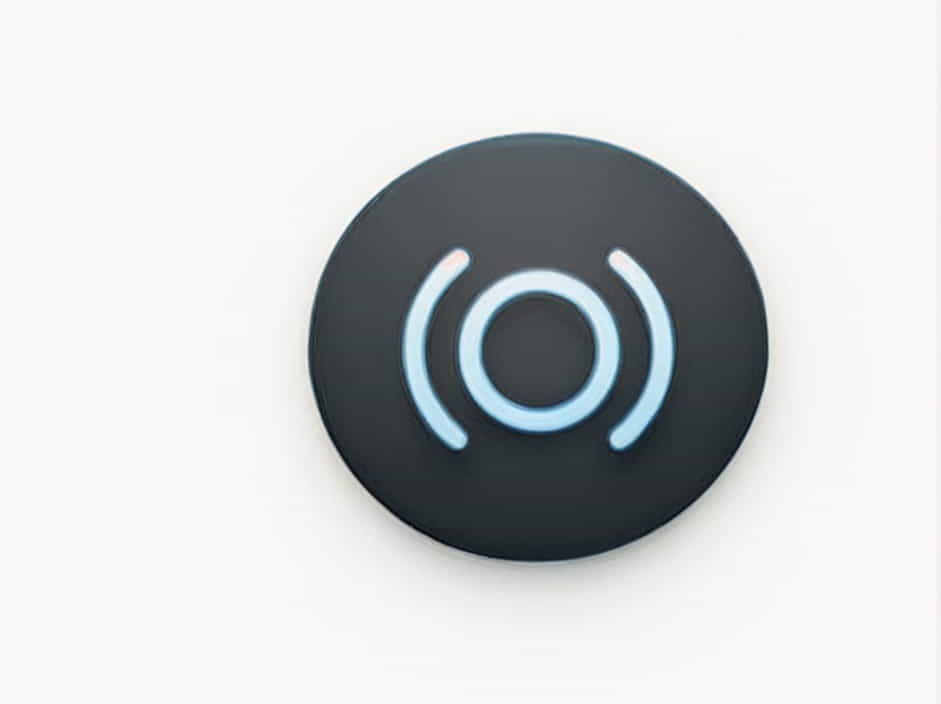Wireless communication systems rely on clear signal transmission to ensure efficient data exchange. However, due to multipath propagation, signal distortion and inter-symbol interference (ISI) can degrade performance. To address these issues, engineers use equalization techniques, one of which is the Zero Forcing Equalizer (ZF Equalizer).
A Zero Forcing Equalizer is a mathematical approach used in wireless communication to eliminate inter-symbol interference by forcing it to zero. It helps improve signal clarity and data accuracy, making it a crucial component in modern wireless technologies, including 4G, 5G, MIMO (Multiple Input Multiple Output), and fiber-optic networks.
This topic explores the role of Zero Forcing Equalizers in wireless communication, how they work, their advantages, limitations, and real-world applications.
What is a Zero Forcing Equalizer?
A Zero Forcing Equalizer (ZF Equalizer) is a linear equalization technique used to mitigate the effects of multipath propagation and inter-symbol interference in wireless communication systems.
-
It applies a mathematical filter to the received signal.
-
The filter forces inter-symbol interference to zero, improving signal clarity.
-
This technique is commonly used in MIMO systems, orthogonal frequency-division multiplexing (OFDM), and broadband communication.
How Does a Zero Forcing Equalizer Work?
1. Understanding Signal Distortion in Wireless Communication
In wireless communication, signals travel through various paths before reaching the receiver. These multiple paths cause:
-
Delay spread – Different parts of the signal arrive at different times.
-
Inter-symbol interference (ISI) – Overlapping signals from previous transmissions interfere with current data.
2. Mathematical Approach of Zero Forcing Equalization
A Zero Forcing Equalizer works by:
-
Estimating the channel response (H), which represents how the transmitted signal is distorted.
-
Applying an inverse filter (H⁻¹) to remove distortion.
-
Adjusting the received signal to force inter-symbol interference to zero.
In simple terms, the equalizer corrects the signal by reversing the effects of channel interference.
3. Zero Forcing in MIMO Systems
In MIMO (Multiple Input Multiple Output) communication, multiple antennas are used to transmit and receive signals. While this enhances data rates and reliability, it also introduces interference between multiple signal streams.
A Zero Forcing Equalizer in MIMO works by:
-
Decoupling the received signals to separate overlapping data streams.
-
Applying an inverse filter to reduce interference between signals.
This technique helps optimize the performance of 4G LTE, 5G NR, and Wi-Fi networks.
Advantages of Zero Forcing Equalizer in Wireless Communication
1. Eliminates Inter-Symbol Interference (ISI)
By forcing ISI to zero, ZF Equalizers help improve signal clarity and ensure accurate data reception.
2. Enhances Performance in MIMO Systems
ZF Equalization reduces interference between multiple antennas, making it ideal for MIMO-based technologies like 5G, LTE, and Wi-Fi 6.
3. Improves Spectral Efficiency
Zero Forcing allows wireless systems to utilize available bandwidth more efficiently, leading to higher data rates.
4. Works Well in High Signal-to-Noise Ratio (SNR) Environments
In high-SNR scenarios, Zero Forcing Equalizers deliver excellent performance by minimizing distortion and maintaining clear signal transmission.
Limitations of Zero Forcing Equalizer
1. Noise Amplification
One major drawback of Zero Forcing Equalization is noise enhancement. Since it forces interference to zero, it can amplify background noise, reducing performance in low-SNR environments.
2. Computational Complexity
The ZF Equalizer requires matrix inversion, which is computationally intensive, making it less practical for low-power devices with limited processing capabilities.
3. Limited Effectiveness in Low-SNR Conditions
When the signal strength is weak, ZF Equalization may worsen performance due to excessive noise amplification. In such cases, alternative techniques like Minimum Mean Square Error (MMSE) Equalization may be preferable.
Applications of Zero Forcing Equalizer in Wireless Communication
1. 4G and 5G Networks
Modern wireless networks, such as 4G LTE and 5G NR, use MIMO technology, where ZF Equalizers help reduce interference and improve data transmission.
- Use Case: Enhancing spectral efficiency in massive MIMO systems used in 5G base stations.
2. Wi-Fi and Broadband Communication
ZF Equalizers are used in Wi-Fi (802.11ac, 802.11ax) and fiber-optic broadband to improve signal reception and minimize interference.
- Use Case: Ensuring stable high-speed internet in urban areas with high network congestion.
3. Satellite and Radar Communication
In satellite communication and radar systems, ZF Equalizers help reduce signal degradation caused by atmospheric interference and reflections.
- Use Case: Improving clarity in military radar and space communication systems.
4. Digital TV and Multimedia Streaming
ZF Equalization plays a role in DVB (Digital Video Broadcasting) and IPTV (Internet Protocol Television) by removing transmission errors for high-definition streaming.
- Use Case: Enhancing video and audio quality in online streaming services.
Alternatives to Zero Forcing Equalization
While ZF Equalization is effective, other techniques provide better performance in certain situations:
1. Minimum Mean Square Error (MMSE) Equalization
-
Unlike Zero Forcing, MMSE balances ISI reduction with noise suppression.
-
More effective in low-SNR environments, making it a preferred choice in wireless systems.
2. Decision Feedback Equalizer (DFE)
-
Uses past detected symbols to cancel ISI.
-
Works well in adaptive communication systems with varying signal conditions.
3. Maximum Likelihood Sequence Estimation (MLSE)
-
Uses probability-based methods to correct ISI.
-
More complex but provides superior performance in harsh environments.
The Zero Forcing Equalizer is a powerful technique used in wireless communication to remove inter-symbol interference and improve signal clarity. It is widely applied in MIMO-based systems, 4G LTE, 5G networks, Wi-Fi, and fiber-optic broadband to enhance data transmission.
However, noise amplification and high computational complexity limit its effectiveness in certain scenarios, leading to the use of alternatives like MMSE and DFE Equalization. Despite these challenges, ZF Equalizers remain a fundamental tool in modern wireless technology, enabling efficient and high-speed communication worldwide.
